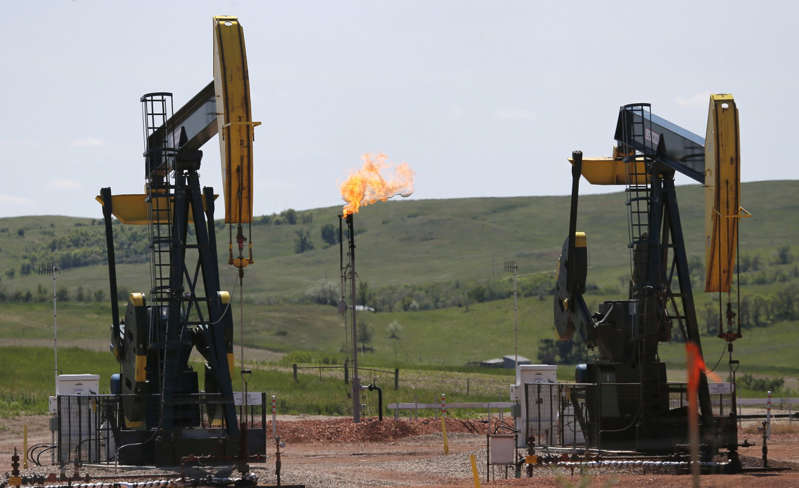By Chris Clark
Oil prices are high, energy worries are roiling the global economy, and the cost of filling up the gas tank is fueling one of the biggest economic shocks in U.S. history.
Unfortunately for American drivers, it’s familiar territory in a country that simultaneously leads the world in oil production but is among the planet’s biggest oil importers.
Gas prices have started to retreat, bringing small relief in the dead of the summer travel season. But those prices still hover at $4.16 per gallon nationally.
Considering President Biden’s failure to win production increases from Saudi Arabia — along with the criticized decision to send 5 million barrels from reserves to Europe and Asia — attention is again turning to the frustrating paradox of America’s oil export/import status.
At $70 or more for a tank, it can be frustrating to watch as domestic oil leaves U.S. ports faster than foreign oil comes in. But it’s a decades-old challenge, and only the nature of the crisis has changed.
Leading from behind
The United States is the world’s top producer of oil (including crude, other petroleum liquids, and biofuels) and has been since 2018. According to the U.S. Energy Information Agency, it’s not even close.
The EIA reports that as of 2021, the U.S. produced 18.88 million barrels per day — or about 10 million per day more than no. 2 Saudi Arabia (10.84 million) and no. 3 Russia (10.78 million).
The EIA also notes that the U.S. is the largest oil consumer, using 20.54 million barrels a day, or 20% of the global stock, and well ahead of no. 2 China (14.01 million). The U.S. imported 7.86 million barrels of oil per day last year, the EIA report reveals.
So if America is producing roughly the same amount of oil as it imports, and interest in renewables is rising, shouldn’t it be true that the U.S. would not be so reliant on foreign oil, and that energy price anxieties should subside because U.S. stocks would be more than adequate?
Not by a long shot.
Oil price and politics
The reasons for the import/export discrepancy are actually fairly straightforward. Chief among them:
Foreign oil is cheaper: The cost of extraction is usually lower in other countries.
Rystad Energy, a private energy research firm, found in a 2020 analysis that Middle Eastern oil fields have the world’s lowest production cost at $31 a barrel. The U.S. produced oil from deepwater wells was at $43 a barrel, with fracking-produced oil costing $44 a barrel.
Energy as a weapon: Prices are frequently connected to how nations regard the environmental, economic, and geopolitical impacts of their oil.
Some concerns weigh heavier than others. Russia, for instance, is widely seen as using oil as a tool to gain concessions over its invasion of Ukraine.
The Russian invasion eventually prompted President Biden to sign a ban on Russian oil imports, but it’s unclear how much the ban has deterred Vladimir Putin. Europe now faces new uncertainty about accessibility to critical Russian oil ahead of winter.
Not all oil is the same: This is a fundamental challenge for the U.S., where much of the nation’s refining capacity is built to handle the heavy, harder-to-refine crude imported from the Middle East and elsewhere. That U.S. capacity wasn’t aimed at refining the kind of light, sweet crude that characterizes the flush oil fields of Oklahoma, Texas, and elsewhere.
Shifting U.S. refining capacity to light crude could create incredible upheaval in the market and jeopardize enormous existing investments, the American Petroleum Institute says.
Attempts to correct that mismatch have almost always stalled out, often over environmental protests or other political realities. Most believe the current situation won’t change until new refining capacity comes online or the current capacity is upgraded to handle what the U.S. produces. The costs of such a shift would be enormous.

